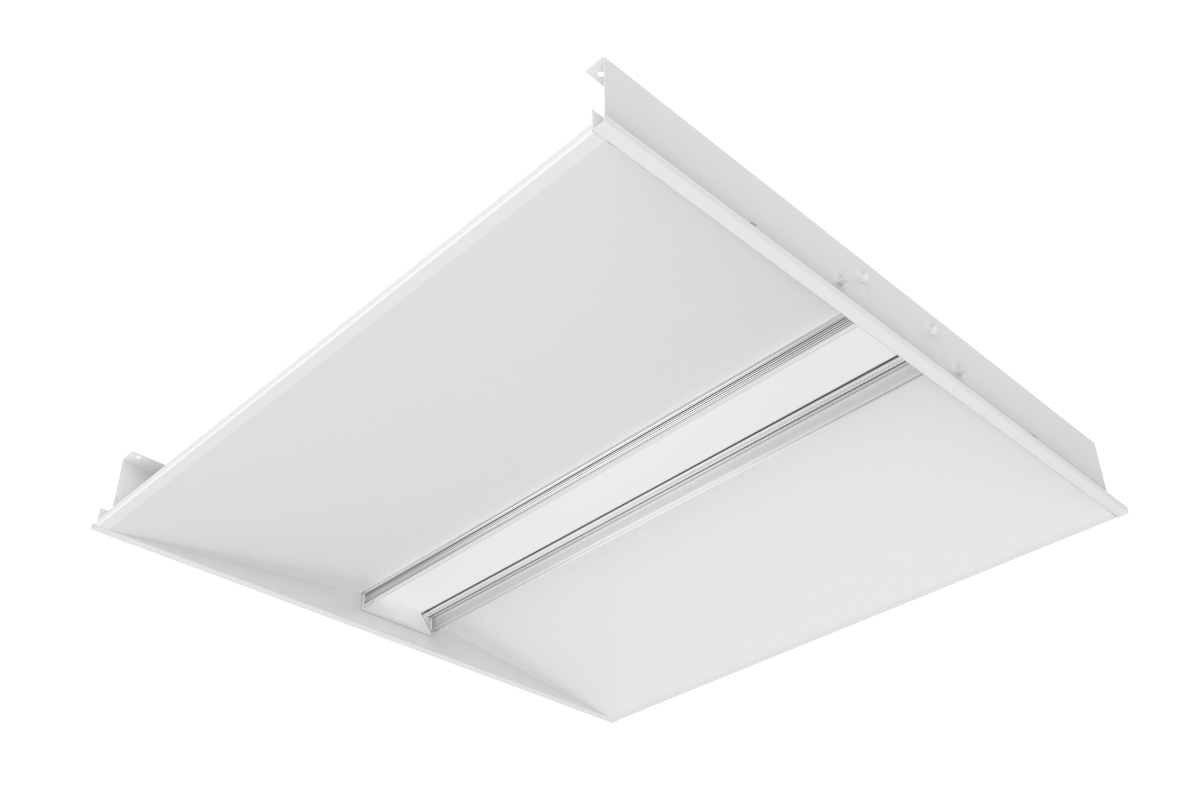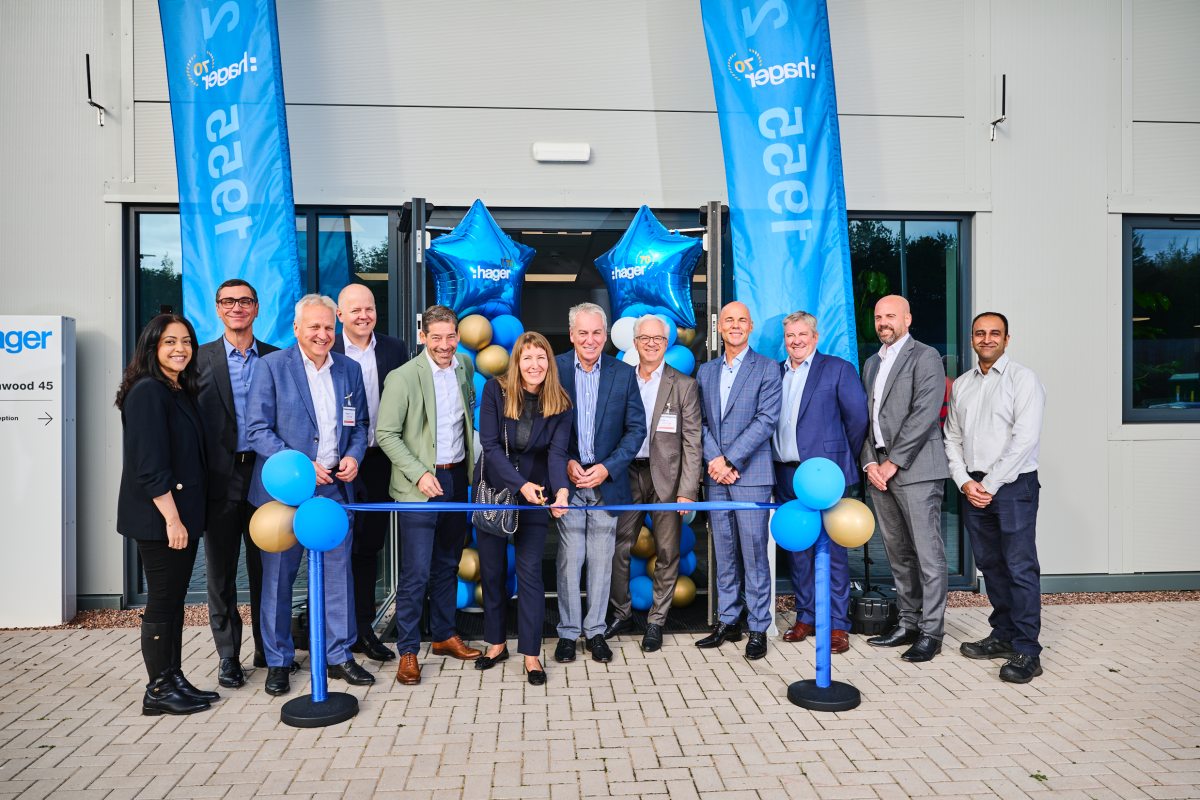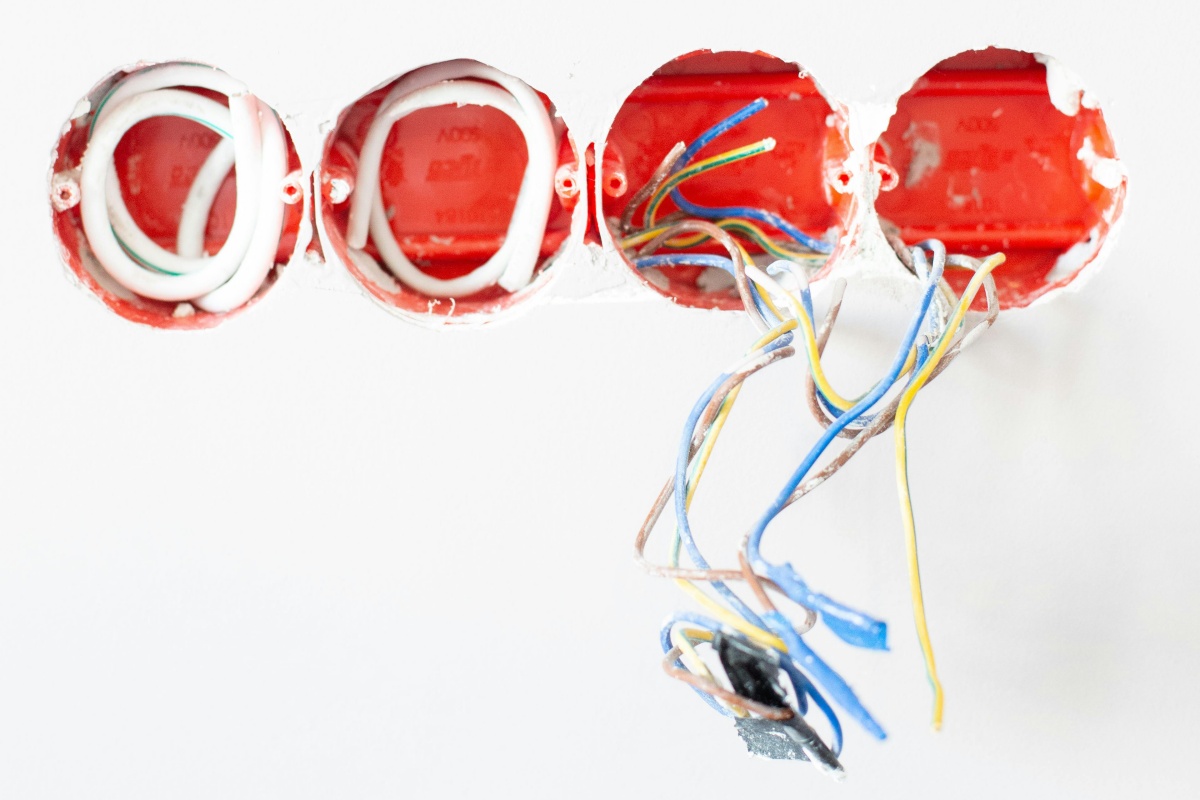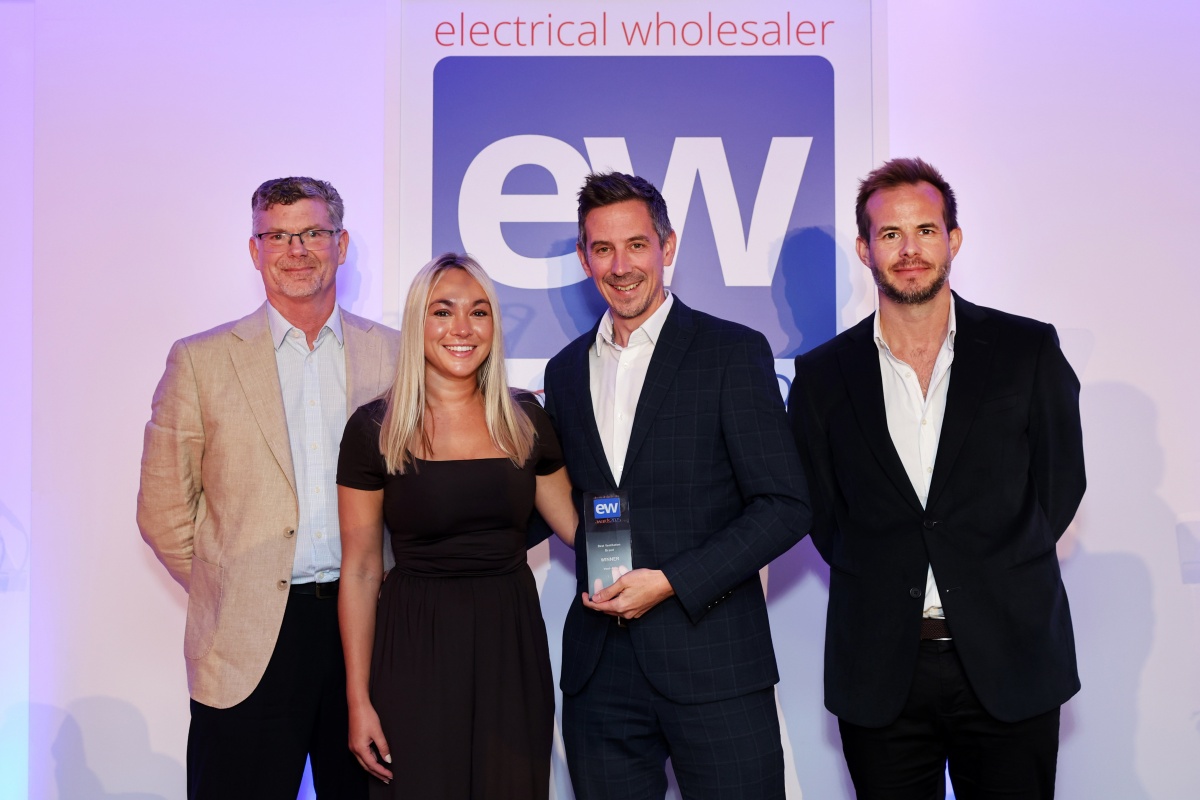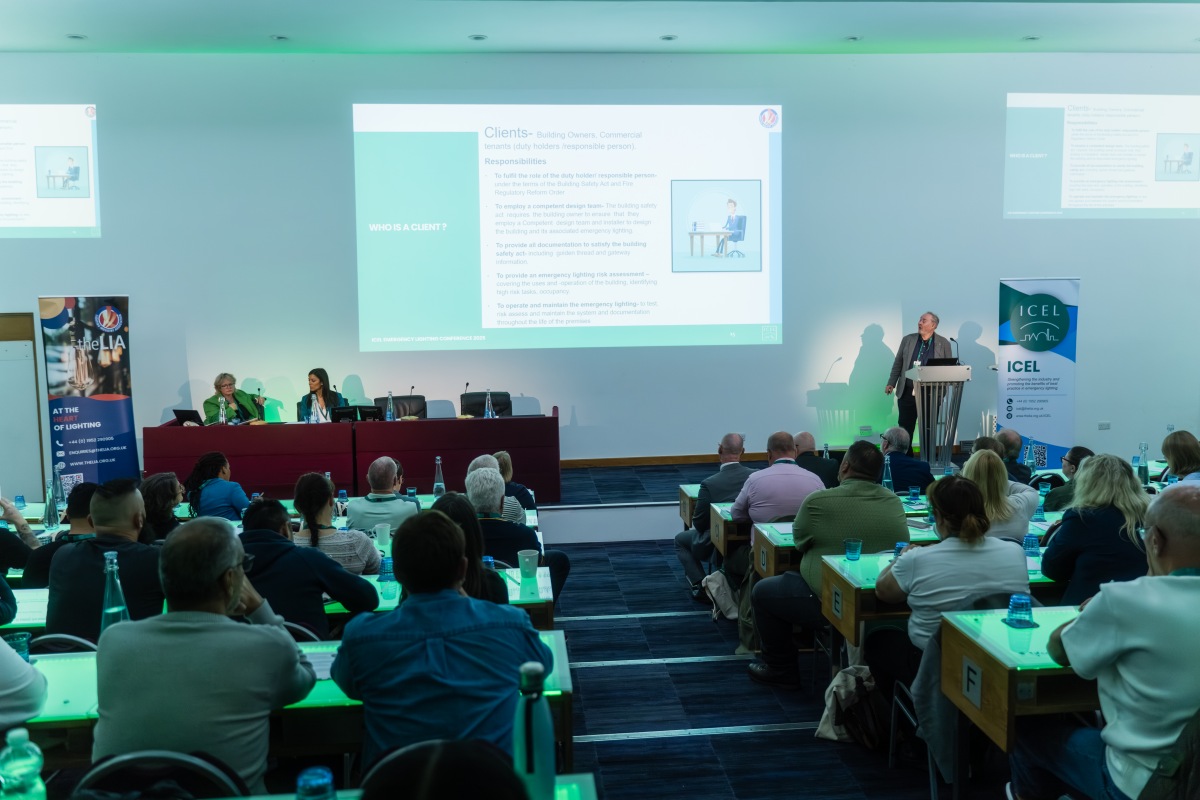HVAC
Industry News
News
Sponsored
Vent-Axia scoops Ventilation Brand of the Year award
British ventilation manufacturer Vent-Axia is celebrating winning the ‘Best Ventilation Brand’ category at the prestigious Electrical Wholesaler Awards.
Improving indoor air quality (IAQ) sustainably since 1936, the Sussex-based ventilation company beat stiff competition, with finalists facing an online vote by industry professionals as well as being critiqued by a specially selected judging panel comprised of individuals with extensive industry knowledge and experience.
The ventilation company was announced the winner at a glittering lunchtime awards ceremony, hosted by comedian Jimmy McGhie on Thursday 25 September 2025 at London’s Chelsea Harbour Hotel.
The Electrical Wholesaler Awards
Providing a unique platform for the recognition of excellence and achievement across the electrical wholesale sector, the Electrical Wholesaler Awards boasts an array of expertly curated categories, with accolades that honour everything from innovative brands and outstanding wholesalers to the exceptional professionals at the heart of every successful business in the sector.
The voting and judging each hold a 50% weighting in the final decision, ensuring the winners are selected for their outstanding industry reputations and technical expertise.
Katie Scott, Channel Marketing Manager at Vent-Axia, says, “We are thrilled to win ‘Best Ventilation Brand’ at the prestigious Electrical Wholesaler Awards.
"This recognition reflects the confidence our customers and industry partners place in us, and we’re proud to be acknowledged for our commitment to quality, innovation, and service.
"Thank you to everyone who supported us.”
Vent-Axia's offerings
Vent-Axia’s primary route to market is through wholesalers and it says it is committed to the sector. Its products are stocked in over 3,000 UK electrical wholesalers.
Known for innovation, quality, and reliability, Vent-Axia gives wholesalers a trusted solution they can confidently recommend: hassle-free, easy-to-install, premium ventilation, saving time and cost.
Its reliability means installers can 'fit and forget', knowing products will improve indoor air efficiently, quietly, and sustainably.
Vent-Axia helps wholesalers deliver the best experience for their customers with best-in-class ventilation products to suit any application.
Vent-Axia says it is committed to improving indoor air sustainably. This is shown by the company launching innovative products like the Vent-Axia PureAir Sense, the UK’s only bathroom fan with Odour Sense Technology. Designed to improve IAQ, the fan increases airflow when the sensor detects poor air, creating a comfortable, healthier living environment.
For existing homes, Vent-Axia has a wide range of extractor fans available to help provide effective ventilation and comply with Part F of the Building Regulations. For example, the Lo-Carbon Svara combines condensation control to avoid mould with improved IAQ for a healthier home environment, backed up by easy installation, quiet operation, and is controllable via a smartphone.
Over-the-counter, quiet bathroom fans are a key product for electrical wholesalers to stock, driven by consumer demand. Vent-Axia leads the market with its Silent Fan range, the UK’s quietest bathroom fan at 12dB(A).
The range also offers electricians flexibility, making install a breeze, since it is available with 17 different models. The range includes an IPX5 rating, variable speed models, humidistat options, and both intermittent and continuous ventilation models, as well as the option of open and closed grilles and up to a 5-year warranty.
For a customer’s peace of mind, as well as a peaceful bathroom, the Silent Fan and the app-controlled Lo-Carbon Svara have both been awarded Quiet Mark certification, which recognises the quietest solutions to unwanted noise.
Meanwhile, designed to improve IAQ and prevent moisture build-up, the PureAir Home Positive Input Ventilation (PIV) offers a highly effective solution to control condensation and mould, as well as offering high levels of air filtration.
The PureAir Home reduces the risk of health issues in the home by improving IAQ and quickly eradicating conditions that lead to mould growth and associated health issues, such as asthma and itchy skin.
Providing filtered, tempered air (heater model only) into the home that is drier than the inside air, the PureAir Home creates an indoor environment where condensation and mould find it hard to exist, benefitting occupants and avoiding the damaging effects on the building.
For installers
From volume development to landmark projects, Vent-Axia’s solutions provide reliable 'fit-for-purpose' performance. It supplies ventilation solutions for over half a million installations annually across residential, commercial, and industrial sectors in the UK and worldwide.
Offering the sector’s most comprehensive choice from any single manufacturer, Vent-Axia’s range covers not just air movement and ventilation technologies but heat recovery, electric heating, cooling, and hygiene products for residential, commercial, public sector, and industrial applications.
Vent-Axia’s aftercare team ensures every customer receives continued support long after delivery. From technical queries to installation guidance, Vent-Axia provides responsive, informed follow-up reflecting its commitment to long-term partnerships. Headed by a dedicated customer care lead, this service reinforces Vent-Axia’s market-leading reputation for reliability.
For further information on all products and services offered by Vent-Axia, you can contact the team on +44 (0)344 856 0590 or visit Vent-Axia's website.
For more from Vent-Axia, click here.
Joe Peck - 7 October 2025


